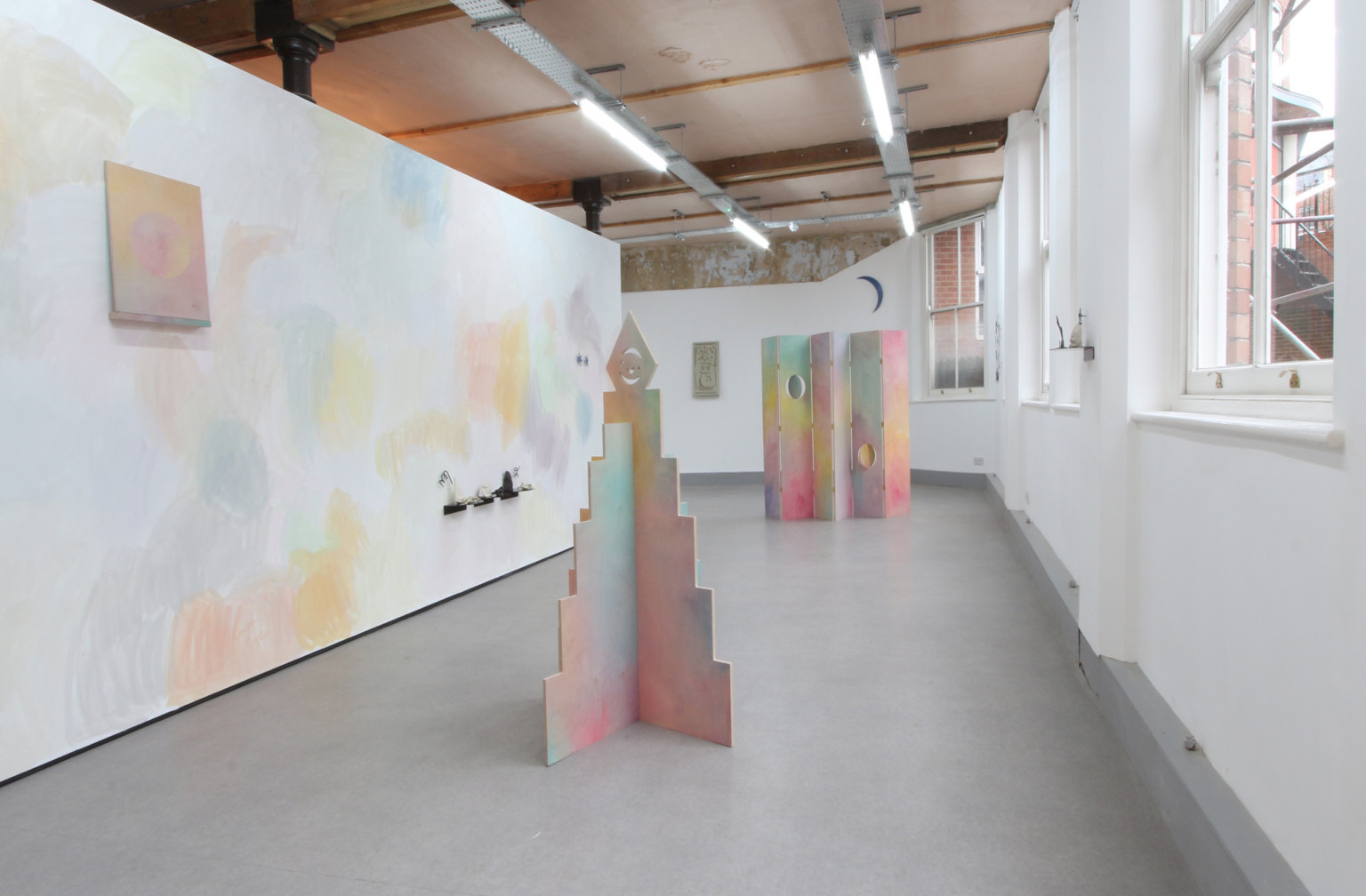What makes a great degree show?: Magnus Quaife
“Not simply mirroring their tutors’ thinking”
Primarily it is the students and of course the work that they exhibit. Everything they learn up to that point filters in to the level of ambition and the quality of the work made. I think good art schools have been able to maintain a focus on enabling students to make with attended critical and conceptual rigour.
Alongside this it is important to get a sense that the students’ own ideas and vision are central to the work and that they are not simply mirrors of their tutors’ thinking, or making the kind of work they think a gallerist wants to see.
At Manchester we are lucky to have beautiful studios to exhibit in which brings something to the work and adds to the sense of occasion. And being part of an art school with 3,000 students that occasion is a big one – we are part of the city’s cultural diary and attract incredible visitor numbers over the course of the show.
There is an almost carnival atmosphere in the university district on the opening night, heightened by the naked bike riders who choose the same day to assemble on the park outside the Grosvenor Building and the Samba bands in the side streets.
Finally, we try to add to that sense of occasion though a series of awards that are presented by curators, artists, gallerists and businesses, that include mentoring, residencies, materials and bursaries. I know the students really value that and it is one way we are able show how much we value them.
Magnus Quaife, senior lecturer and programme leader of undergraduate fine art at Manchester School of Art, Manchester Metropolitan University
Interview by Jack Hutchinson
Image: Manchester School of Art, MMU, degree show 2017, featuring work by Liam Fallon.





